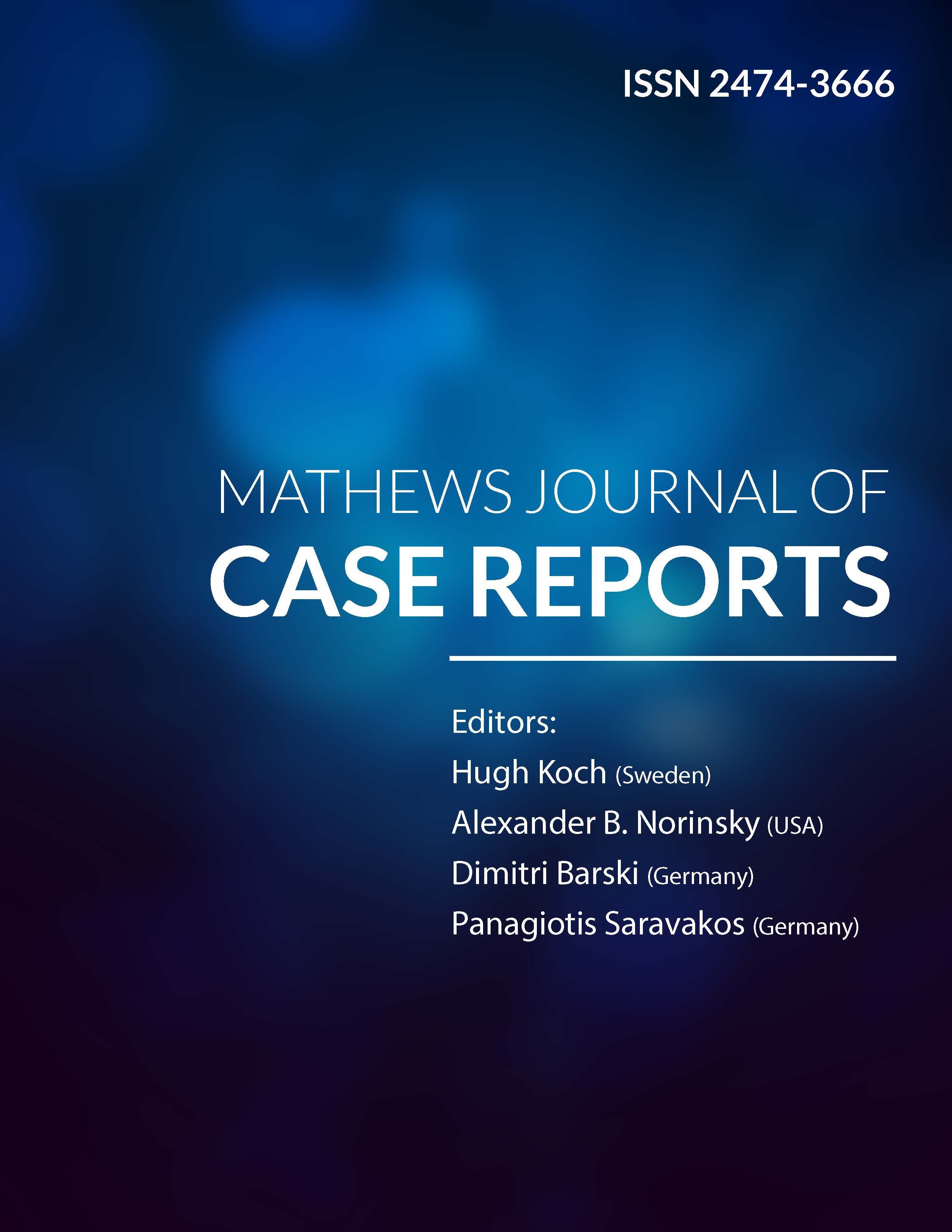
Information Links
Previous Issues Volume 3, Issue 2 - 2018
Thyroxine Treatment: A Potential Medical Therapy for Chylous Pleural Effusion?
Lei Shi1*, Qiu-Hong Jia, Fu-Jian Liu
Department of Gastroenterology, Eighth Affiliated Hospital of Guangxi Medical University, Guigang 537100, Guangxi Zhuang Autonomous Region, China.
Corresponding Author: Lei Shi, Department of Gastroenterology, Eighth Affiliated Hospital of Guangxi Medical University, Guigang 537100, Guangxi Zhuang Autonomous Region, China, Tel: +86 775 4200028; E-Mail: [email protected]
Received Date: 03 Jul 2018
Accepted Date: 30 Jul 2018
Published Date: 06 Aug 2018
Copyright © 2018 Shi L
Citation: Shi L, Qiu-Hong J and Fu-Jian L. (2018). Thyroxine Treatment: A Potential Medical Therapy for Chylous Pleural Effusion?. M J Case. 3(2): 039.
ABSTRACT
Chylous pleural effusion (CPE) are uncommon reasons of morbidity but challenging clinical problem in the world, which is usually a complication of thoracic surgery procedures. Despite there are many therapeutic options in the management of CPE, none of the current therapeutic modalities is ideal to date, many patients with CPE have a poor outcome and a prolonged hospital stay. Some clues and evidences suggest a link between thyroxine treatment and CPE. Clinical evidences accumulated in recent years suggest the potential for thyroxine treatment to significantly reverse CPE. Based on those, we hypothesize that thyroid hormones play a potential role in controlling lipid metabolism and affecting the development of chyle. Accepting the hypothesis to be correct, a therapy that identify hyroid hormone as a potential target for the design of new, some specific treatments can be used to prevent CPE. The hypothesis may lead a new direction in the study of mechanisms for CPE and may become an effective therapy to enhance CPE control and resolution. Further study of the precise mechanisms for thyroid hormone will produce new therapeutic avenues for the very difficult problem.
KEYWORDS
Thyroxine Treatment; Chylous Pleural Effusion; Potential Target.